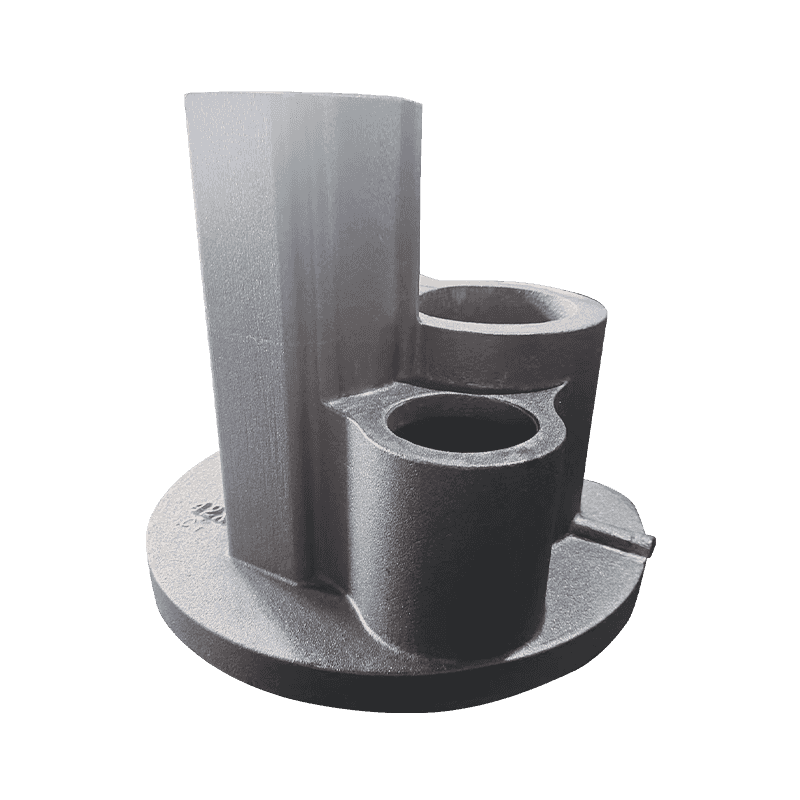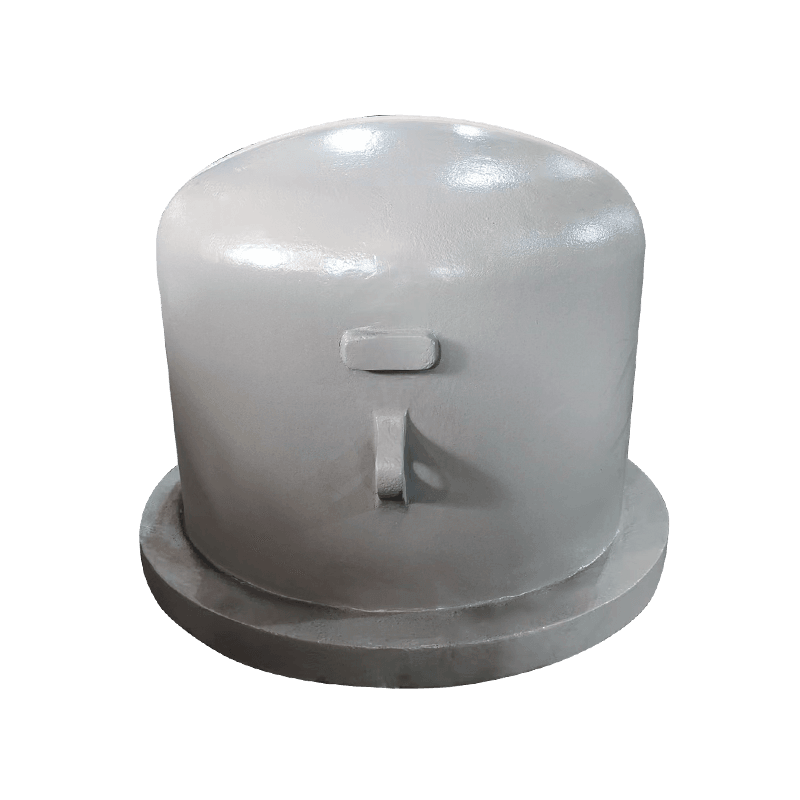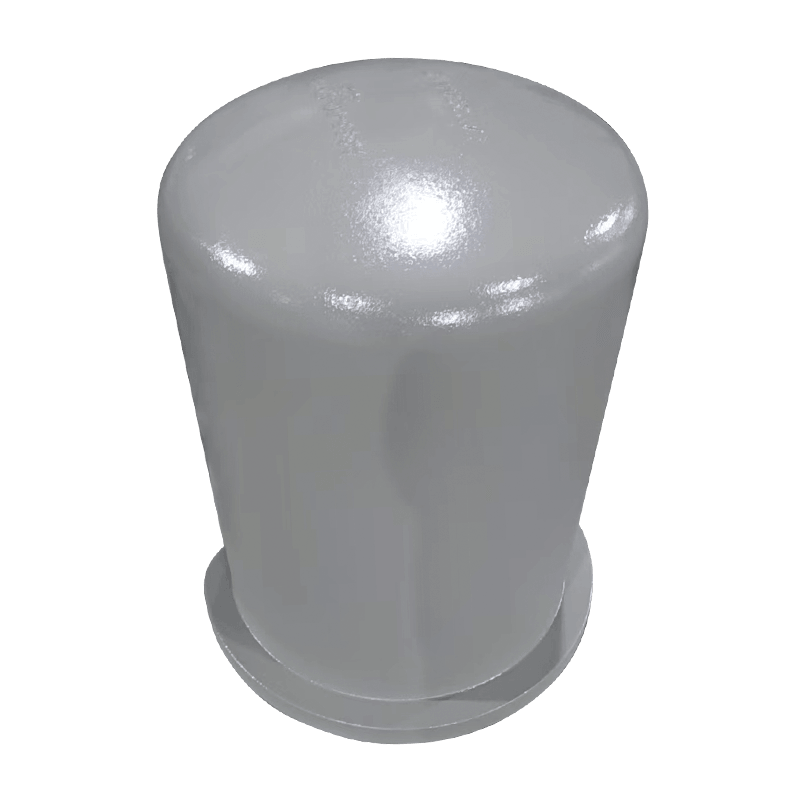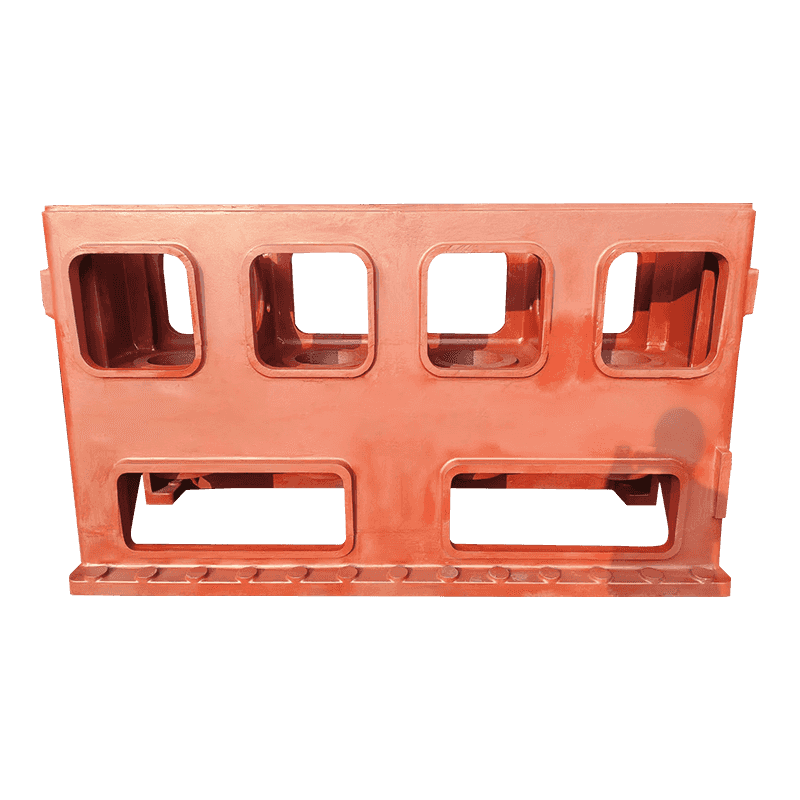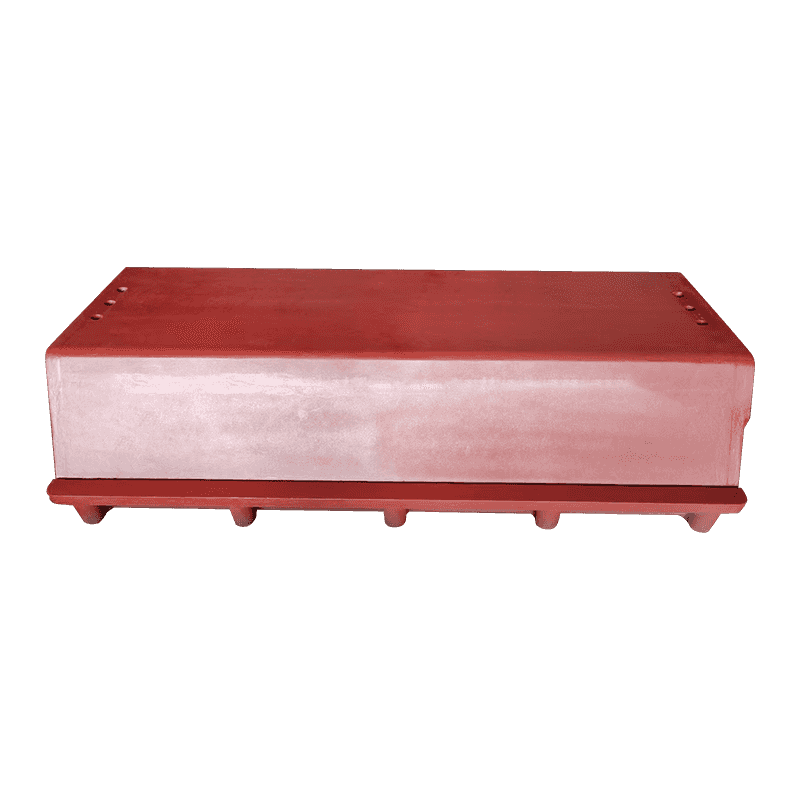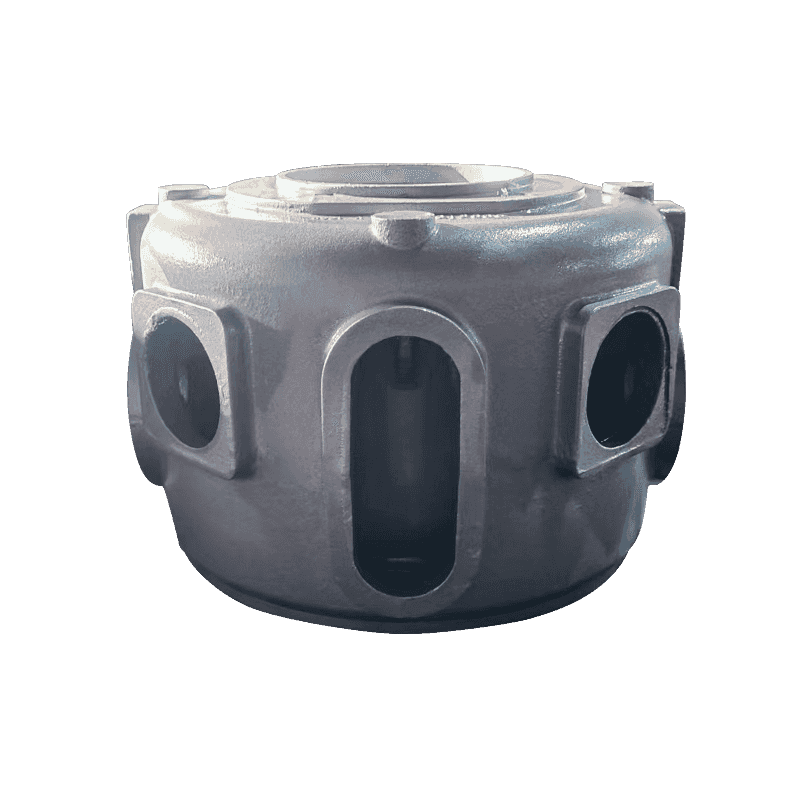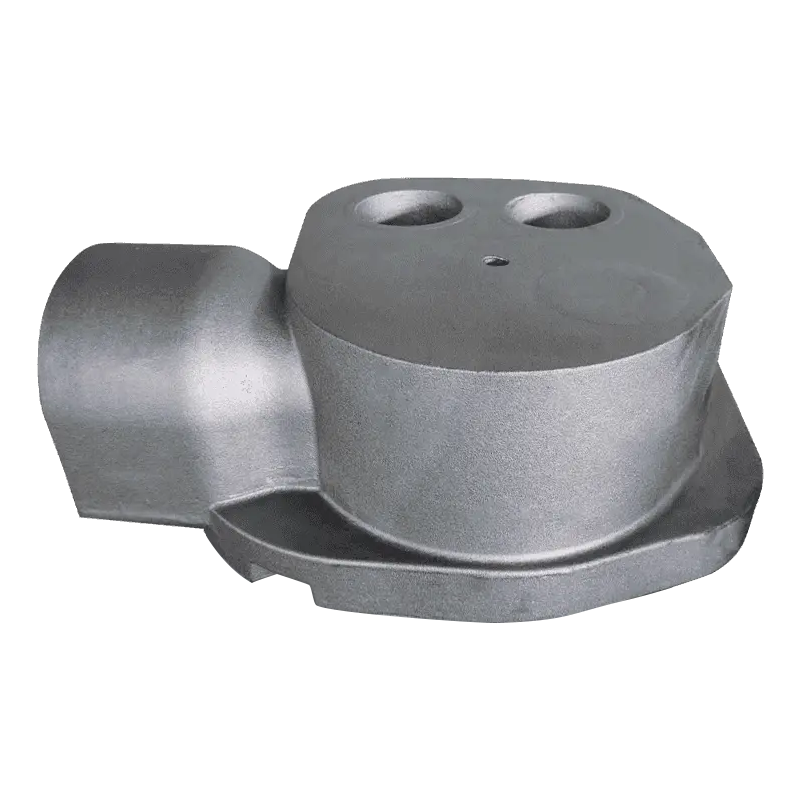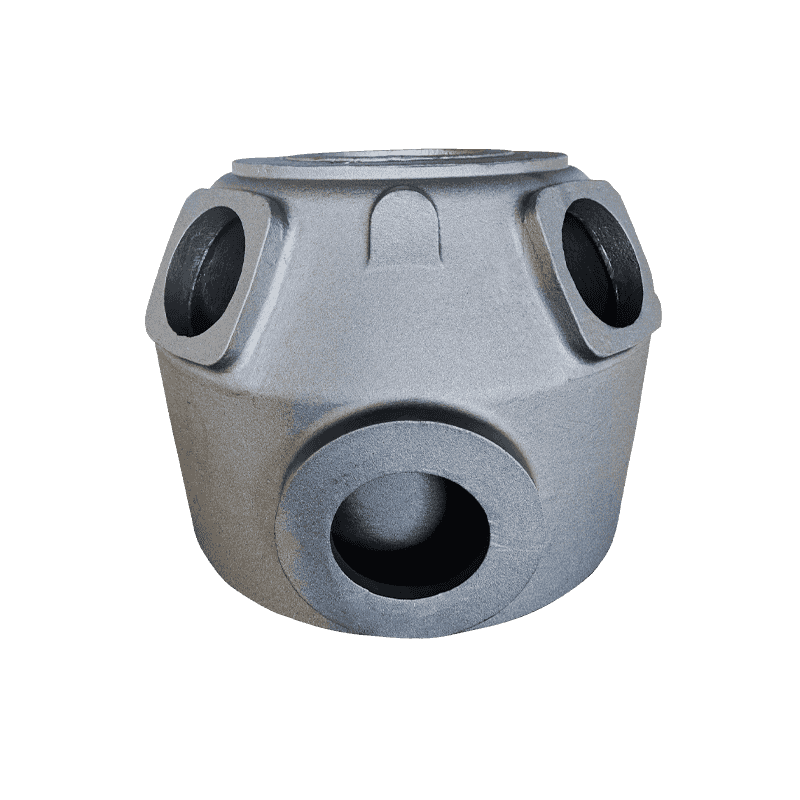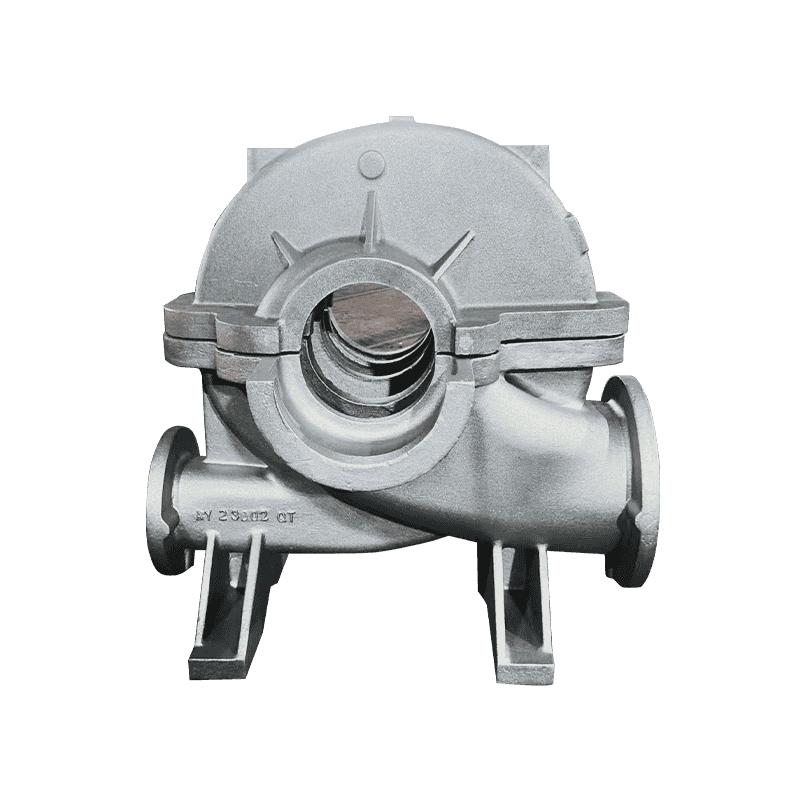The compressor body plays a vital role in the gas compression and sealing process. As the core structural part of the compressor, the body supports the internal components and is also responsible for ensuring the efficient compression process and the sealing of the gas.
1. Gas compression process
Compressor body structure: One of the main tasks of the compressor body is to support and accommodate the core components inside, such as cylinders, pistons, rotors, etc. These components complete the gas compression process inside the body. The cylinder of the compressor is usually installed in the body, and the piston or rotor moves in the cylinder to compress the gas through mechanical movement.
Gas suction and compression: During the operation of the compressor, the gas is first sucked into the cylinder or compression chamber. The body design ensures that the gas can enter the cylinder smoothly without leakage. In a piston compressor, the piston reciprocates in the cylinder, and as the piston moves to the bottom of the cylinder, the gas is compressed into high-pressure gas. For screw or scroll compressors, the rotation of the rotor causes the gas to be gradually compressed in the compression chamber.
Gas discharge: After compression, the gas is discharged from the cylinder or compression chamber. The body design needs to ensure that the gas is discharged smoothly and reduce the resistance during the exhaust process. The exhaust port is usually equipped with a valve to control the exhaust flow and pressure of the gas to prevent the gas from flowing back or leaking during the exhaust process.
2. Sealing process
The importance of sealing design: During the operation of the compressor, sealing is the key to ensuring compression efficiency and equipment safety. The sealing design of the body ensures that the gas will not leak during the compression process and prevents external contaminants from entering the body. Effective sealing not only improves the working efficiency of the compressor, but also extends the service life of the equipment.
Selection of sealing materials: The compressor body seal usually uses high-quality sealing rings, gaskets and sealants. The sealing ring is generally made of high-temperature and pressure-resistant materials, such as rubber, fluororubber or polyurethane, which can withstand the working environment of the compressor under high temperature and high pressure. The sealing gasket is used to fill the gaps between the various components in the body to prevent gas leakage.
Sealing technology: The compressor body sealing technology includes static sealing and dynamic sealing. Static seals are mainly used for the joints between the various components inside the body, such as the interface between the cylinder head and the cylinder. Dynamic seals are used to deal with the contact between the piston or rotor and the body during movement, such as the seal between the piston ring and the cylinder wall. Modern compressor body design reduces the risk of seal failure through precise processing and high-quality sealing materials.
Sealing structure design: The body design needs to ensure the tightness of the sealing structure to prevent gas leakage. High-precision processing technology is usually used in the design to ensure that the sealing surface is flat and smooth. In addition, the body design also needs to consider the aging and wear of the sealing material. Regular inspection and replacement of the sealing material is a necessary measure to maintain the performance of the compressor.
3. The relationship between sealing and compression
The effect of gas compression: The effective compression of gas depends on the sealing performance of the body. If the seal is poor, the gas may leak during the compression process, resulting in reduced compression efficiency and increased energy consumption. The sealing design of the body needs to be closely coordinated with the gas compression process to ensure that the gas can be effectively compressed in the compression chamber without leakage.
The impact of sealing on the life of the compressor: Effective sealing improves the working efficiency of the compressor and extends the service life of the equipment. Seal failure may cause gas leakage, increase the workload of the compressor, and accelerate the wear of internal components. Through precise sealing design and material selection, the risk of seal failure can be reduced and the long-term stable operation of the compressor can be ensured.

